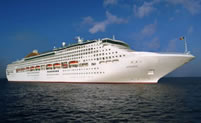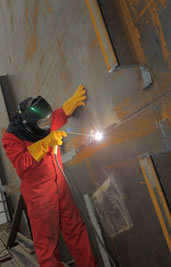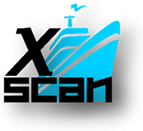Latest News
Welcome
X-Scan is a collaboration between EU companies and research organisations with the objective to develop and produce novel solutions for the shipping industry.

Ocean-going ships are the most cost effective form of transporting bulk goods around the world. To date, Europe owns nearly 40% of the world's fleet of ships, which account for 90% of its external trade and 40% of its internal trade. Moreover, in the supply of ship building components and services, the EU is a world leader. As a result, the maritime industry, which includes ship building and ship operation, are vital to Europe's economy.

In this industry sector, structural failure is a major cause of the loss of ships, vessels and tankers resulting in loss of life and pollution of the world's oceans, seas and coastal waters of Europe. Indeed, it has been reported in 2006, that each year over 400 ocean-going ships sink, many as a result of weakened structures due to corrosion and inadequate/poor welding quality.
Most of the inspection techniques used to date proved to be disruptive to the manufacturing process and far from being cost effective. Additionally, as the current generation of ships are being built from thinner section steels (10mm or less) to lower the cost of build and ship operation, typical assessment methods are not as effective as for thicker sections. Therefore, there is a real need for more reliable, faster, cost effective and safer inspection techniques.
The X-Scan project aims to response to this need by developing novel automated NDT techniques (ultrasonic and electromagnetic) for ship structures that are more reliable, faster, cost effective and safer than the currently applied radiographic inspection techniques. The objective of the project is twofold: First the project will concentrate on solving the problem of inspecting thin steel welds using Phased Array Ultrasonic Testing (PAUT) and Alternating Current Field Measurement (ACFM) techniques; and then it will tackle the automated inspection of inaccessible welds by means of a laser guided manipulator.






